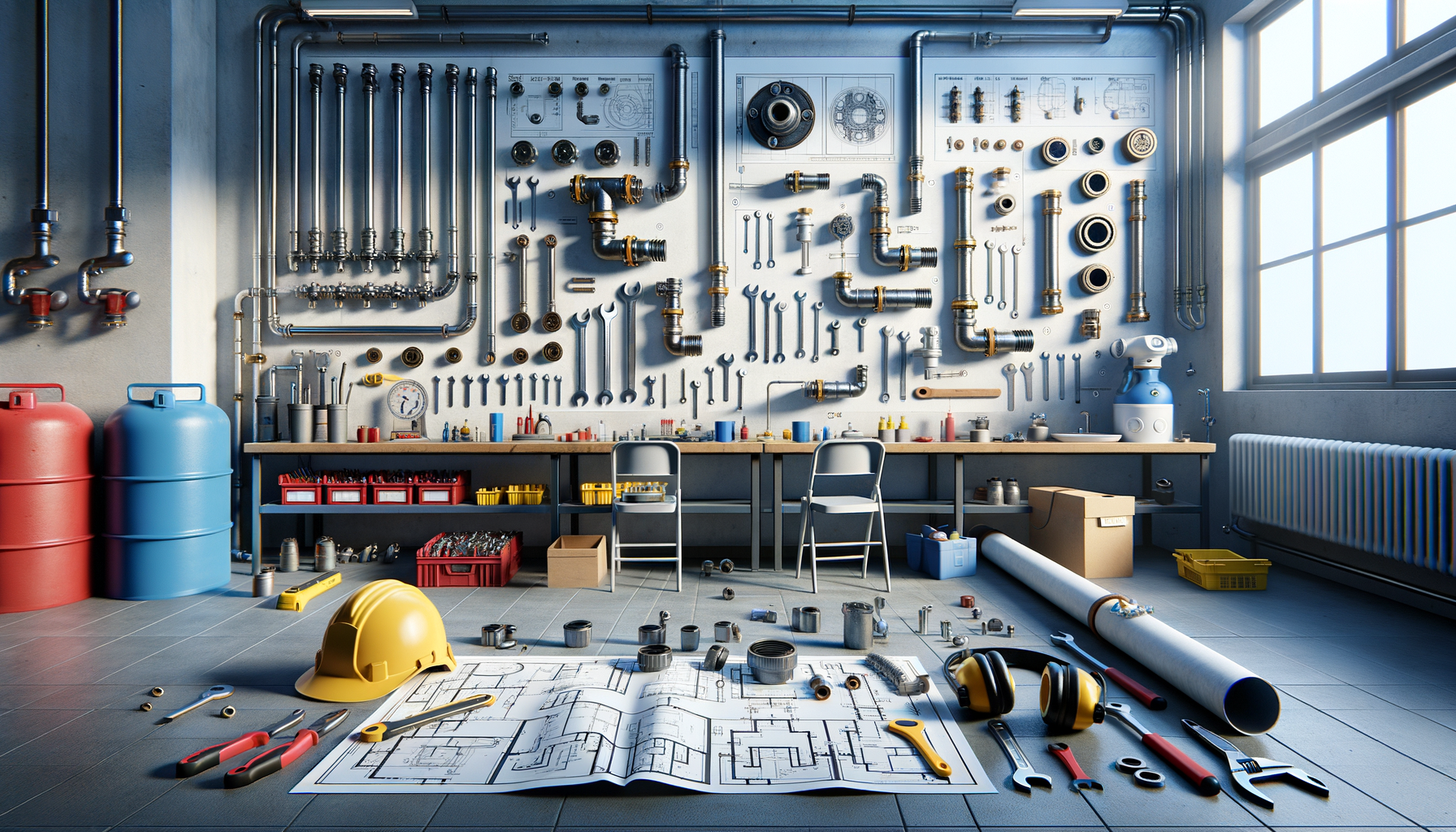
Start a Plumbing Career in the US: Training for All Skill Levels
Understanding the Basics of Plumber Training
Plumbing is an essential trade that offers a stable career path for individuals across various skill levels. In the United States, plumber training is structured to accommodate both novices and those with some experience in related fields. The journey typically begins with understanding the basics, which include learning about the tools of the trade, safety protocols, and fundamental plumbing systems. Training programs often emphasize hands-on experience, allowing trainees to apply theoretical knowledge in practical settings. This approach not only enhances learning but also builds confidence, preparing individuals for real-world challenges.
One of the key aspects of plumber training is the focus on safety and regulations. Trainees are educated on local and national plumbing codes, ensuring compliance with legal standards. This knowledge is crucial, as adherence to these codes is mandatory for all plumbing work. Additionally, safety training is integral, covering the use of personal protective equipment (PPE) and safe handling of tools and materials. Understanding and implementing these safety measures are vital components of the training process, as they protect both the plumber and the client.
Furthermore, the basics of plumber training include an introduction to various plumbing systems such as water supply, drainage, and gas piping. Trainees learn to identify and resolve common plumbing issues, using diagnostic tools and techniques. This foundational knowledge is crucial for advancing in the field, as it sets the stage for more complex tasks and specializations. Overall, the initial phase of plumber training is designed to equip individuals with the core skills needed to embark on a successful career in plumbing.
Advanced Plumbing Techniques and Specializations
As trainees progress in their plumbing education, they have the opportunity to explore advanced techniques and specializations. This stage of training delves deeper into complex plumbing systems and introduces trainees to specialized areas such as pipefitting, steamfitting, and gas service. Advanced training often includes courses on modern plumbing technologies, such as tankless water heaters and water conservation systems. These courses are essential for staying competitive in an industry that continually evolves with technological advancements.
Specialization allows plumbers to focus on specific areas of interest, leading to potential career growth and higher earning potential. For instance, a plumber specializing in green plumbing can work on eco-friendly projects that emphasize sustainability and energy efficiency. This specialization is increasingly popular, as more clients seek environmentally conscious solutions. Additionally, advanced training may cover the installation and maintenance of complex systems, such as hydronic heating or industrial plumbing, further broadening a plumber’s skill set.
Moreover, advanced training often includes business management courses for those interested in starting their own plumbing business. These courses cover essential topics like project management, customer service, and financial planning. By acquiring these skills, plumbers are better prepared to navigate the business side of the trade, ensuring long-term success. In summary, advanced training and specialization provide plumbers with the tools needed to excel in their careers, offering opportunities for growth and diversification.
The Path to Certification and Licensure
Achieving certification and licensure is a critical step in a plumber’s career journey. Certification demonstrates a plumber’s competence and commitment to maintaining industry standards. In the United States, the requirements for certification and licensure vary by state, but generally include a combination of education, experience, and examination. Aspiring plumbers typically begin as apprentices, working under the supervision of licensed professionals while completing their formal education.
During the apprenticeship, individuals gain valuable hands-on experience, which is essential for passing the licensing examination. The exam tests knowledge of plumbing codes, safety practices, and technical skills. Successfully passing the exam and meeting the required hours of practical experience lead to licensure, allowing plumbers to work independently. Some states also offer additional certifications for specialized areas, such as medical gas piping or backflow prevention, which can enhance a plumber’s qualifications and marketability.
Continuing education is another important aspect of maintaining licensure. Many states require plumbers to complete a certain number of continuing education hours to renew their licenses. This ensures that plumbers stay updated on the latest industry developments, safety standards, and technological advancements. By prioritizing ongoing education, plumbers can maintain their competitive edge and continue to provide high-quality services to their clients. Overall, the path to certification and licensure is a rigorous but rewarding process that solidifies a plumber’s expertise and credibility in the field.


